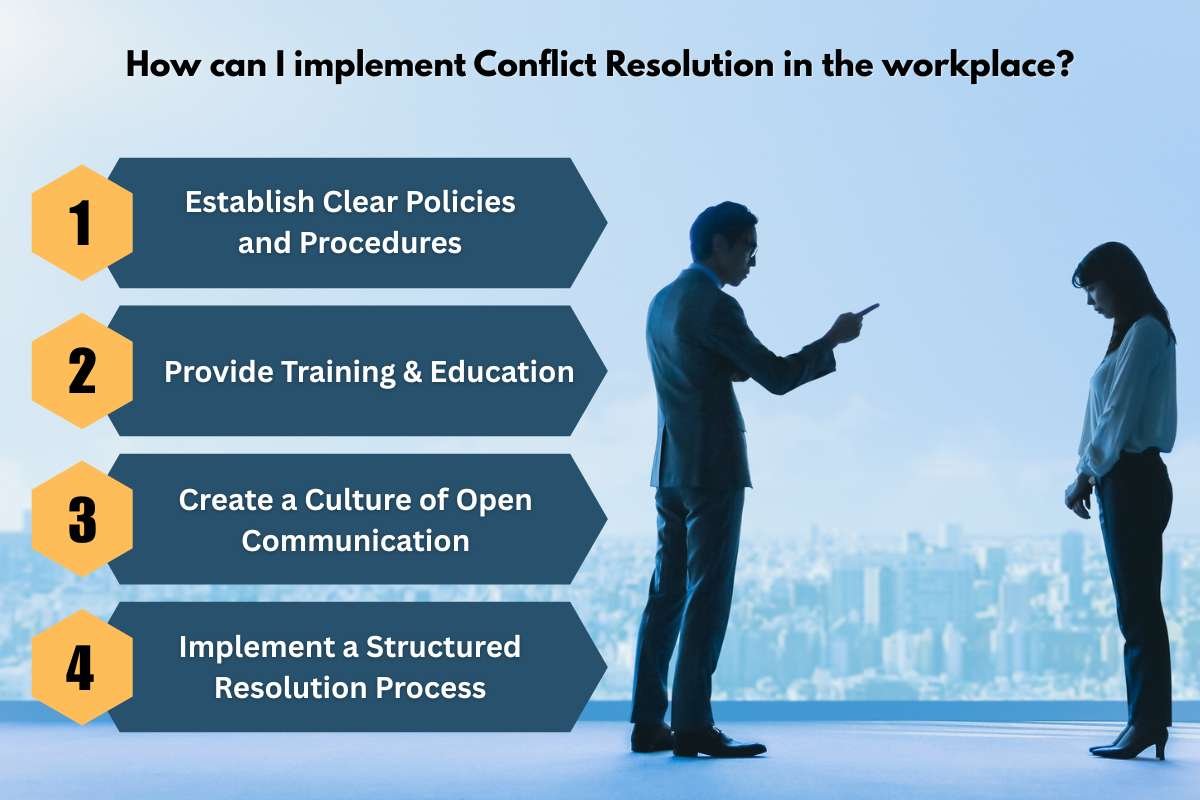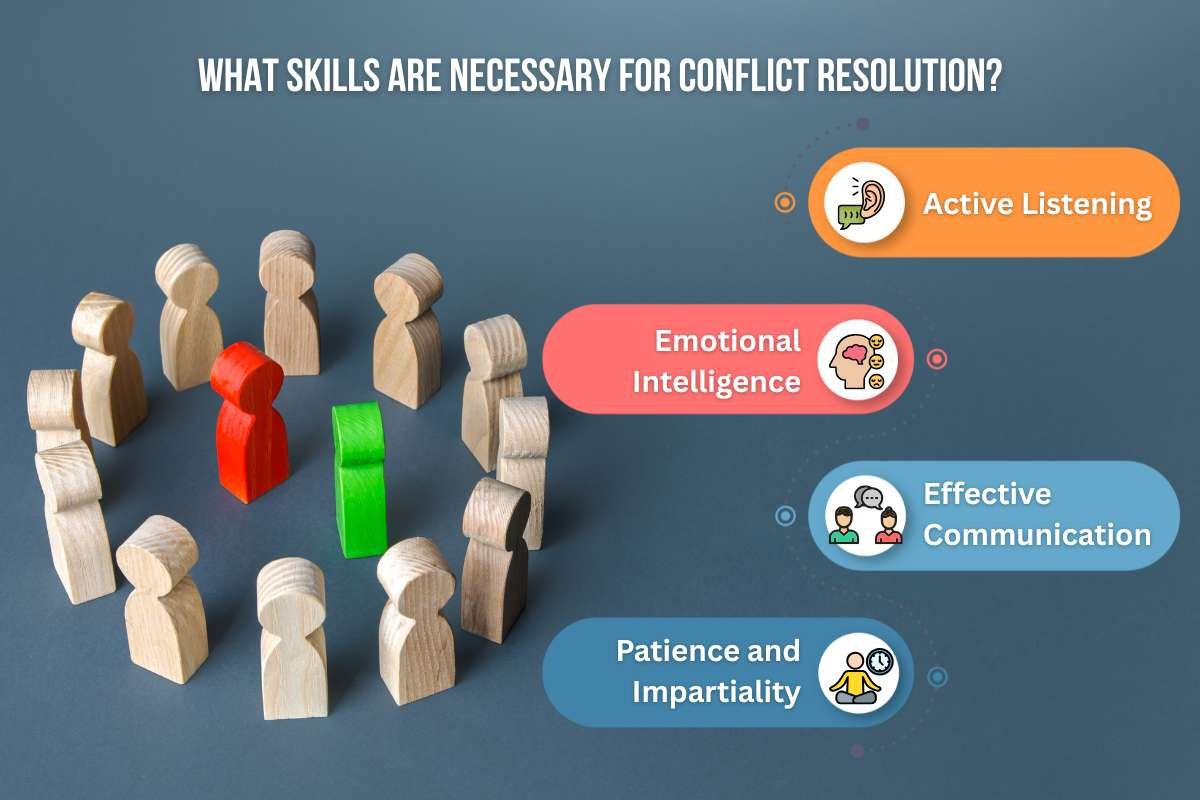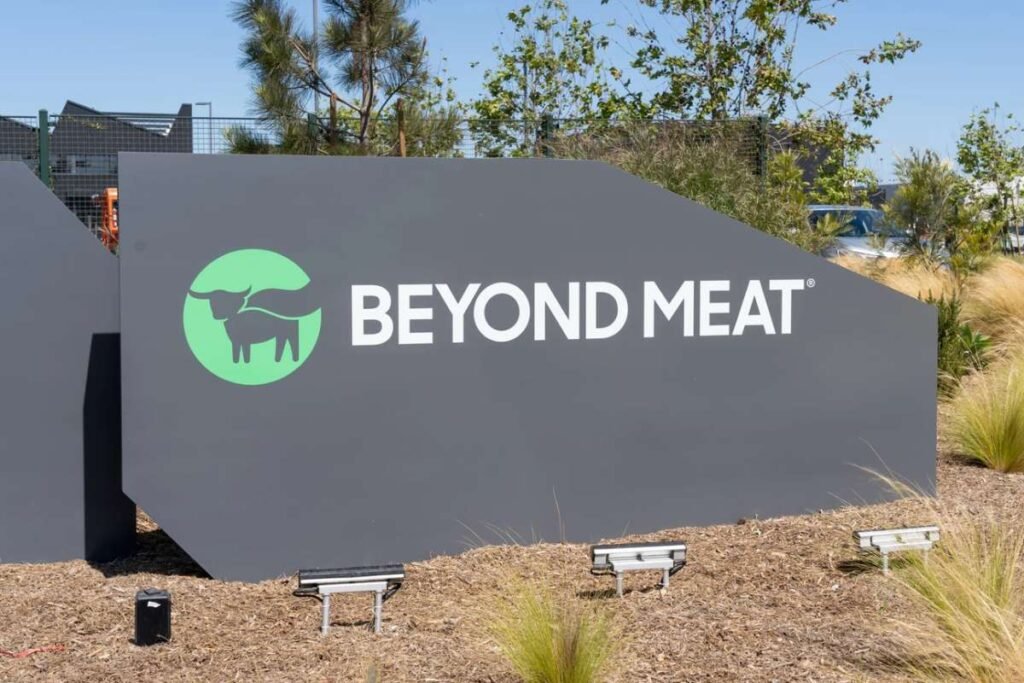Conflict is an unavoidable part of any workplace, but it doesn’t have to be a productivity killer. When handled poorly, it can lead to lost output, low morale, and even valuable employees walking out the door. The good news is that you don’t have to let these tensions fester. Conflict resolution in the workplace is a skill that can turn a hostile environment into a collaborative one.
Ignoring conflict won’t make it disappear, magically. It will only allow it to grow, causing stress and anxiety that can lead to mental health issues and damaged professional relationships. Instead of avoiding the problem, it’s time to learn how to confront it head-on.
What is Conflict Resolution in the workplace?
Before we understand conflict resolution’s implementation in the workplace, let’s understand what it actually is.
As the name suggests, it’s a process through which parties with disagreements, “conflict,” come to a peaceful solution, often finding a middle ground to resolve their dispute. It includes recognizing and addressing the root causes of conflict. And in doing so, working toward an agreement that satisfies all involved parties.
Conflict resolution in the workplace can be informal or formal. It may involve negotiation, mediation, or collaboration to manage differences.
So, how to apply it? Well, for conflict resolution, we have to take a look at the Thomas-Kilmann Conflict Mode Instrument (TKI). It is a widely used framework developed by Kenneth W. Thomas and Ralph H. Kilmann in the early 1970s to measure an individual’s typical response to conflict situations. Let’s try to understand.
5 Types of strategies to handle conflict and how to implement them?
According to Thomas-Kilmann Conflict Mode Instrument, there are five types of conflicts, i.e., competing, collaborating, compromising, avoiding and accommodating.
They created these five types based on two dimensions: assertiveness and cooperativeness. Assertiveness refers to the degree to which you try to satisfy your own concerns. Meanwhile, cooperativeness is the degree to which you try to satisfy the other person’s concerns.
To understand conflict resolution in the workplace, we must take a deeper look at how these five types of resolution strategies work.
| Style | Assertiveness | Cooperativeness | Best For | Drawback |
|---|---|---|---|---|
| Avoiding | Low | Low | Minor issues, cooling down | Leaves the problem unresolved |
| Accommodating | Low | High | Maintaining harmony when any issue matters more to the other person | Can cause resentment if overused |
| Competing | High | Low | Emergencies, unpopular decisions | Can damage relationships |
| Compromising | Moderate | Moderate | Quick solutions | May not meet deeper needs |
| Collaborating | High | High | Complex issues, building trust | Time- and effort-intensive |
Now that you know the types of conflict resolutions in the workplace, let’s see how you can implement them.
How can I implement Conflict Resolution in the workplace?

Now comes the most important question: how to implement conflict resolution in your office?
1. Establish Clear Policies and Procedures
The first step to conflict resolution at your office is having a clear procedure for times of conflict. Define a clear process for addressing disputes. It should start from initial self-resolution to mediation and, if necessary, formal action.
The policy should be easily available to all employees. If possible, perhaps in an employee handbook or on the company intranet.
Make it clear who is responsible for different stages of conflict resolution in the workplace. Which means employees must know who to contact, e.g., direct managers, HR, or a designated mediator. This prevents confusion and ensures conflicts are addressed promptly.
2. Provide Training and Education
See, at the end of the day, conflict resolution is a skill. And just like every other skill, it can be taught through training and education. Training your entire workforce is extremely important for conflict resolution in the workplace.
This training should not just be about reacting to conflict. It should be about preventing it in the first place.
Managers are often the first line of defense. Train them in active listening, impartiality, and communication skills. It empowers them to handle minor conflicts before they escalate.
But don’t stop there, offer workshops on communication, emotional intelligence, and negotiation. This helps employees resolve issues on their own in a more collaborative environment.
3. Create a Culture of Open Communication
Did you know that a Peaceful Leaders Academy 2025 report shows 29% of workplace conflict is attributed to dysfunctional leadership and a lack of open communication by managers?
See, a psychologically safe environment where employees feel comfortable voicing concerns is vital. And this starts with the leadership itself. Managers and leaders should model effective conflict resolution behaviors. When a disagreement arises, they should address it constructively rather than avoiding it.
As Robert Townsend wrote in his book, ‘Up the Organization,’ “A good manager doesn’t try to eliminate conflict; he tries to keep it from wasting the energies of his people. If you’re the boss and your people fight you openly when they think that you are wrong–that’s healthy.”
One way to do it is by creating channels for employees to provide feedback anonymously. This can help identify simmering issues before they become full-blown conflicts. Teach employees to use “I” statements to express their feelings and needs without placing blame on others. For example, “I feel frustrated when this happens” instead of “You always do this.”
4. Implement a Structured Resolution Process
The last step is implementing the resolution process itself. When a conflict cannot be resolved informally, you need structure. A structured process ensures fairness and consistency.
Train managers to spot signs of conflict early. Teach them to see breakdowns in communication or an increase in absenteeism. During a formal meeting, keep the conversation focused on behaviors and facts. A third-party mediator can be a valuable tool in keeping the discussion on track.
And most important of all, document the agreed-upon solution and an action plan. Schedule a follow-up meeting to ensure the solution is working and that both parties are satisfied. This reinforces accountability and demonstrates that the company is committed to long-term resolution.
Types of Conflicts at the workplace and their resolutions
Now that you know the skills and the steps to implement conflict resolution in the workplace, let’s take a look at what kind of conflicts may arise and how you can resolve them.
| Conflict Type | Resolution |
|---|---|
| Interpersonal Conflict | Promote open communication and active listening to foster mutual understanding. |
| Individual vs. Group Conflict | Facilitate inclusive dialogue to align individual and group goals. |
| Interdepartmental Conflict | Encourage collaboration and clarify shared objectives across teams. |
| Task Conflict | Use problem-solving techniques to agree on the best approaches for work tasks. |
| Role Conflict | Clearly define roles and responsibilities to prevent overlap and confusion. |
| Relationship Conflict | Address emotional issues directly with empathy and mediation if needed. |
| Value Conflict | Respect differences and find common ground through cultural sensitivity. |
What skills are necessary for Conflict Resolution?

Effective conflict resolution in the workplace hinges on a few essential skills. These skills are necessary for a productive discussion and finding a resolution to your conflict.
Here are the skills you need for resolving conflicts at your workplace:
- Active Listening: This is perhaps the most crucial skill. This is perhaps the most crucial skill. It’s not just about hearing the other person’s words. It’s truly understanding their perspective and underlying needs.
- Emotional Intelligence: The ability to manage your own emotions and to understand the emotions of others is vital. Keeping calm and not reacting prevents the conflict from escalating.
- Effective Communication: Clearly and respectfully saying your own needs and feelings using “I” statements (e.g., “I feel frustrated when…”) rather than “you” statements. It avoids placing blame and keeps the focus on the problem itself.
- Patience and Impartiality: Conflicts are rarely solved quickly. It takes time and patience to navigate complex emotions and find a solution. Impartiality means focusing on the issue, not the persons involved.
Case Study: The nuances of conflict resolution in workplaces

A recent research paper, based on an analysis of five organizational case studies, highlights a significant shift in workplace conflict management.
The research paper highlights a key shift in workplace conflict management. The responsibility for day-to-day resolution is moving from HR to line managers. And this is creating a “resolution gap.” As managers often lack the skills to handle issues informally. And the formal procedures can create adversarial “grievance cultures.”
The study emphasizes that effective conflict resolution relies on building high-trust relationships. It also explores workplace mediation as an innovative solution, which is more effective than formal routes. However, its sustainability is questioned due to potential manager resistance and heavy workloads.
Conclusion:
Conflict resolution in the workplace isn’t about ending disagreement between your employees. It’s about coming to a productive solution with clear policies in place, the right training, and an open culture. This approach helps you de-escalate tensions and also strengthens team bonds.
Ignoring conflict will not make it disappear. Instead, you can learn to address disagreements with your team directly and respectfully. When done right, conflict resolution in the workplace can lead to great results. It can create greater trust, stronger relationships, and more productivity in the office.
FAQs
1. What is the role of HR in conflict resolution in the workplace?
HR often acts as a neutral third party when conflicts escalate. They are especially pivotal if the conflict involves legal or policy violations. They provide guidance and ensure fair processes. They may facilitate formal mediation or disciplinary action.
2. How do cultural differences impact workplace conflict?
Cultural differences can lead to misunderstandings in communication styles, social norms, and expectations. Being aware of and sensitive to these differences is crucial for preventing conflict and finding respectful, effective solutions.
3. Can technology be a source of conflict in the workplace?
Yes, technology can create conflict through miscommunication in emails or instant messages, constant after-hours notifications, and misunderstandings of tone. It’s important to establish clear communication protocols for all digital platforms.












